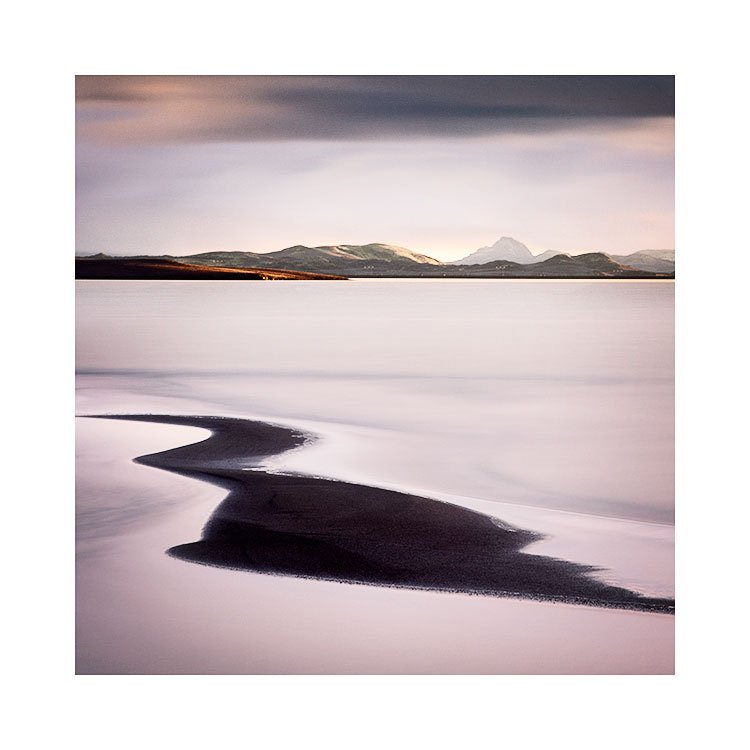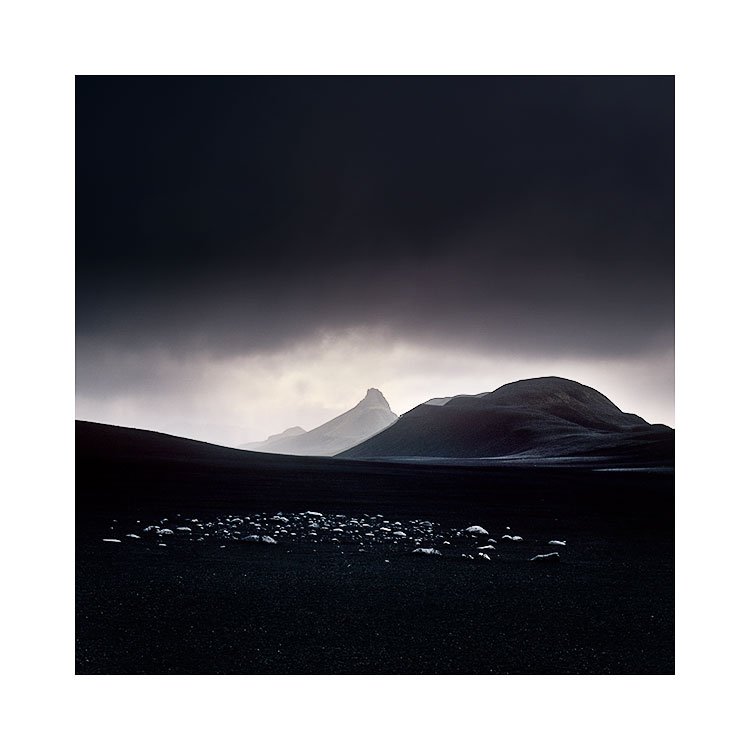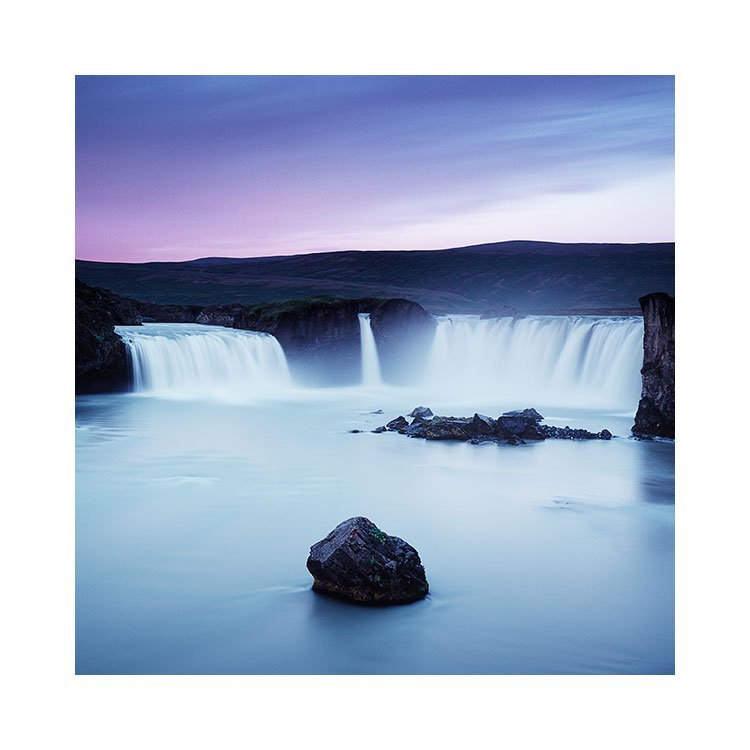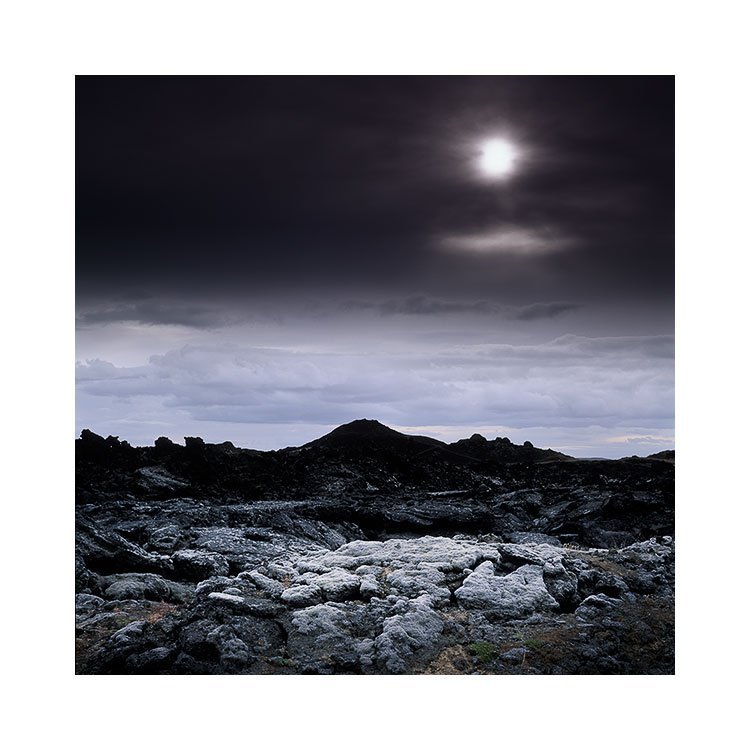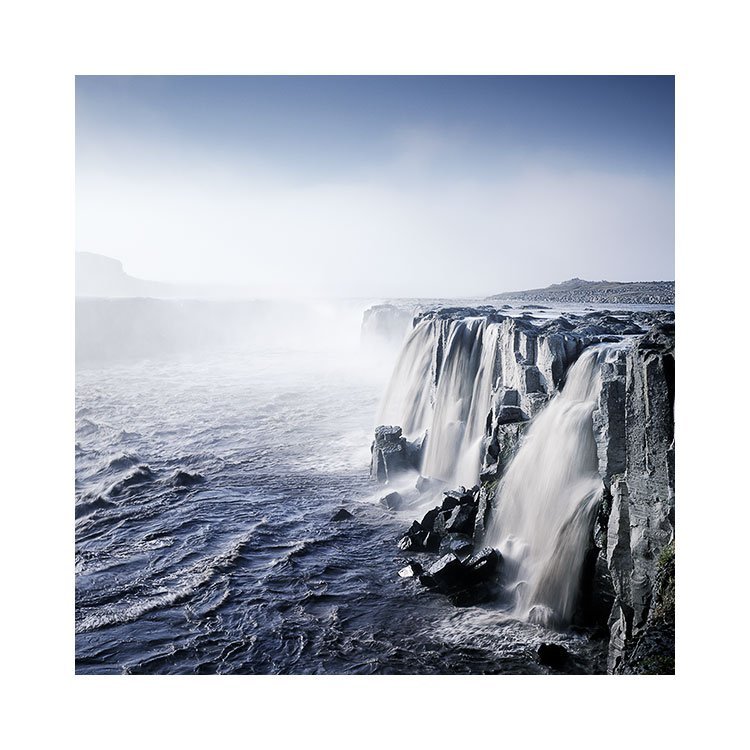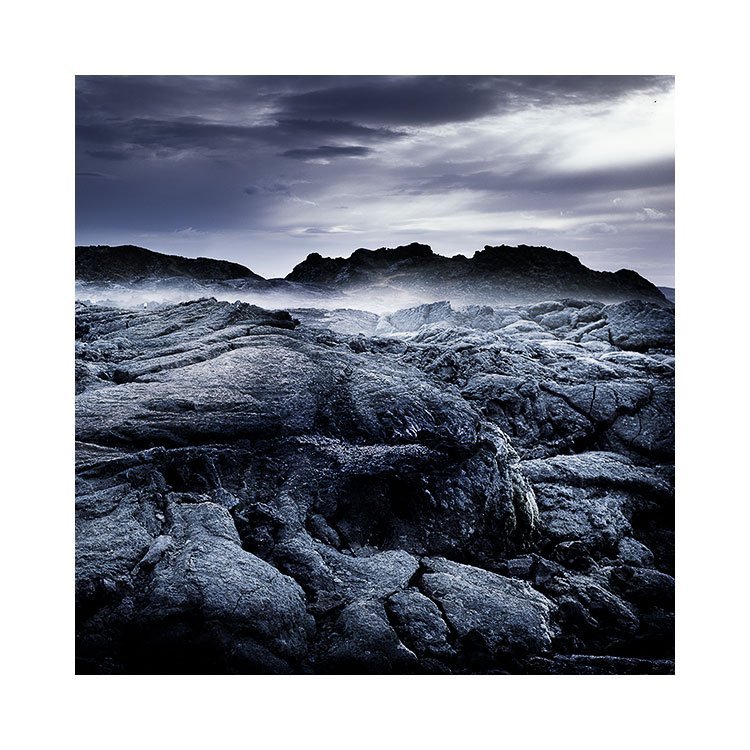Just recently I upgraded something in my home music studio. Except that it turned out not to be an ‘upgrade’ but rather, two weeks of frustration because things stopped working, and I was getting some intermittent problems with audio.
This has reminded me that I am just as guilty of being seduced by new gear as anyone is. The strange thing is that when it comes to photography, I rarely buy anything I’ve not used before. In fact, I am perhaps guilty of holding on to the things I know work well, to such a point now, that I have bought spares of certain objects because they are no longer in production.
I realised many years ago that by keeping using the same gear, things become so familiar that workflow becomes natural and seamless. When you know your gear inside out, muscle memory takes over, and you just do things without needing to think too much. Each time I have bought something new for my photography, I have found that it often interrupts it. Disrupts the flow, and in a sense: either creates a pause in what I’m doing, or worse: is a step backwards.
An unfamiliar piece of gear can really screw with your creativity.
I should have figured this out when it came to my little home music studio. I had built up enough experience to know what the issues were and how to fix them when they came up. With the new audio interface I bought, I was un uncharted territory. I experienced a myriad of issues that took me a few weeks to figure out. And even now that I feel things are working again, I’m aware that I haven’t got much experience with this new device, and can still possibly encounter more problems as I start to use it in earnest.
The same is true of photography gear. When I take on something new, I do so, fully acknowledging that I will have to live with it for at least a year before I have enough experience to know whether the problems I encounter with it are more a case of being unfamiliar, or if the tool is just either a bad fit for what I do, or has some design flaw I can’t live with.
Go gently with new gear is my view. If you’ve got your process working well and you like it, leave it be.
I’ll leave you with a little story. I once bought a new ball head, only to find the clamp wasn’t as secure as I thought it was, and enjoyed watching, in slow motion, as my entire camera fell off, and dropped right into a silt river. It was an entire Mamiya 7II body and lens. I went back to using my older ball head after that.




